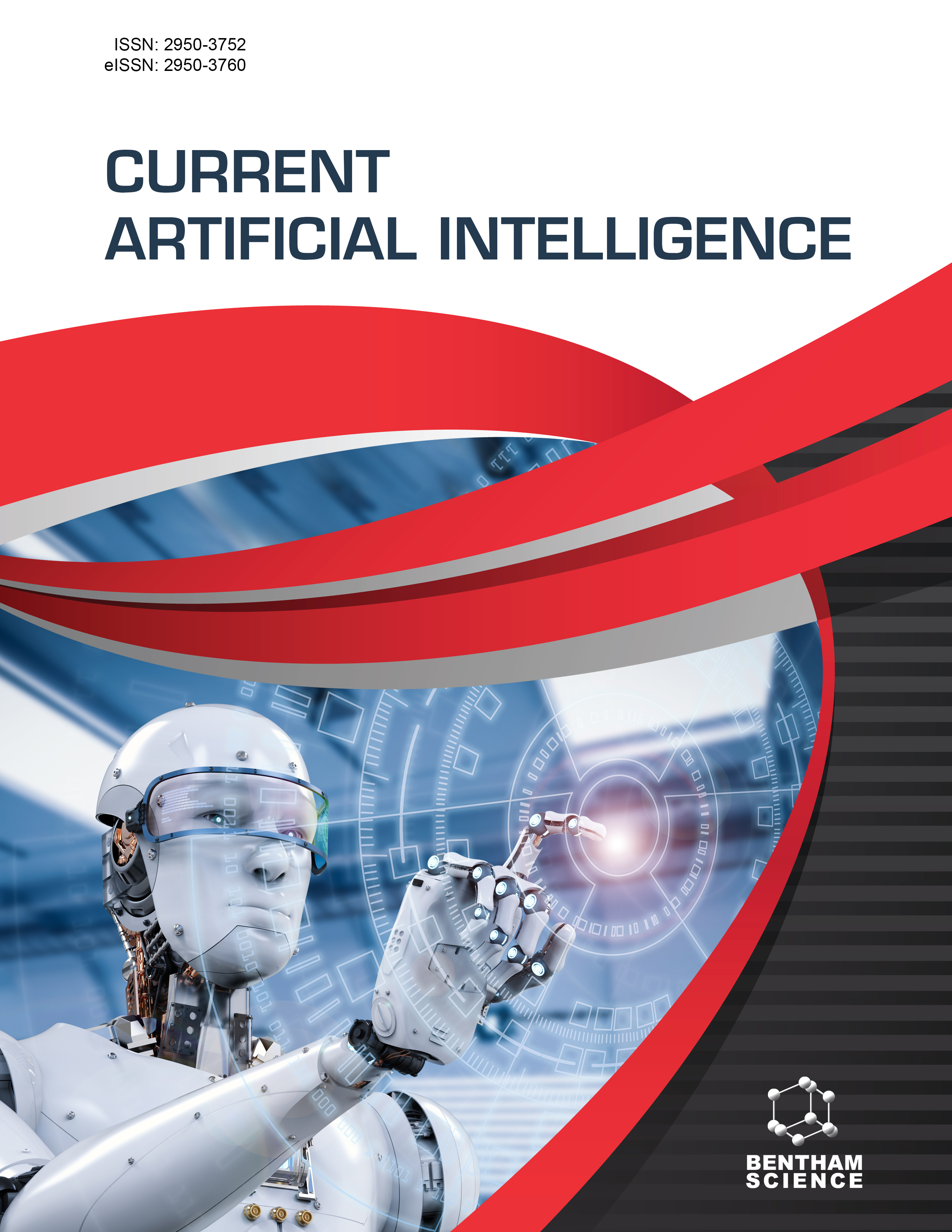
Full text loading...
We use cookies to track usage and preferences.I Understand
The traditional drug discovery process is notoriously time-consuming, expensive, and damaged, with high failure rates. However, the recent surge in Artificial Intelligence (AI) has presented itself as a game-changer in this field. This comprehensive review delves into the profound impact of AI on various aspects of drug discovery, encompassing crucial stages like target identification, molecular analysis, compound screening, and even drug development. Machine learning algorithms are pivotal in analyzing vast datasets to predict important aspects of potential drug candidates. These predictions include their pharmacokinetic properties (how the body absorbs and eliminates them) and possible toxicity, effectively streamlining the process and reducing risks associated with further development. Additionally, AI facilitates the exploration of vast chemical spaces, enabling the design and synthesis of novel drug candidates with enhanced efficacy and specificity. The review highlights AI's transformative potential in drug discovery and acknowledges the existing challenges. Concerns surrounding data quality, interpretability of AI models, and ethical considerations are addressed, paving the way for responsible development and integration of AI within the pharmaceutical industry. Ultimately, this review underscores AI's massive potential in revolutionizing drug discovery, offering a path towards faster development of life-saving treatments and fostering healthcare advancements.

Article metrics loading...

Full text loading...
References


Data & Media loading...

